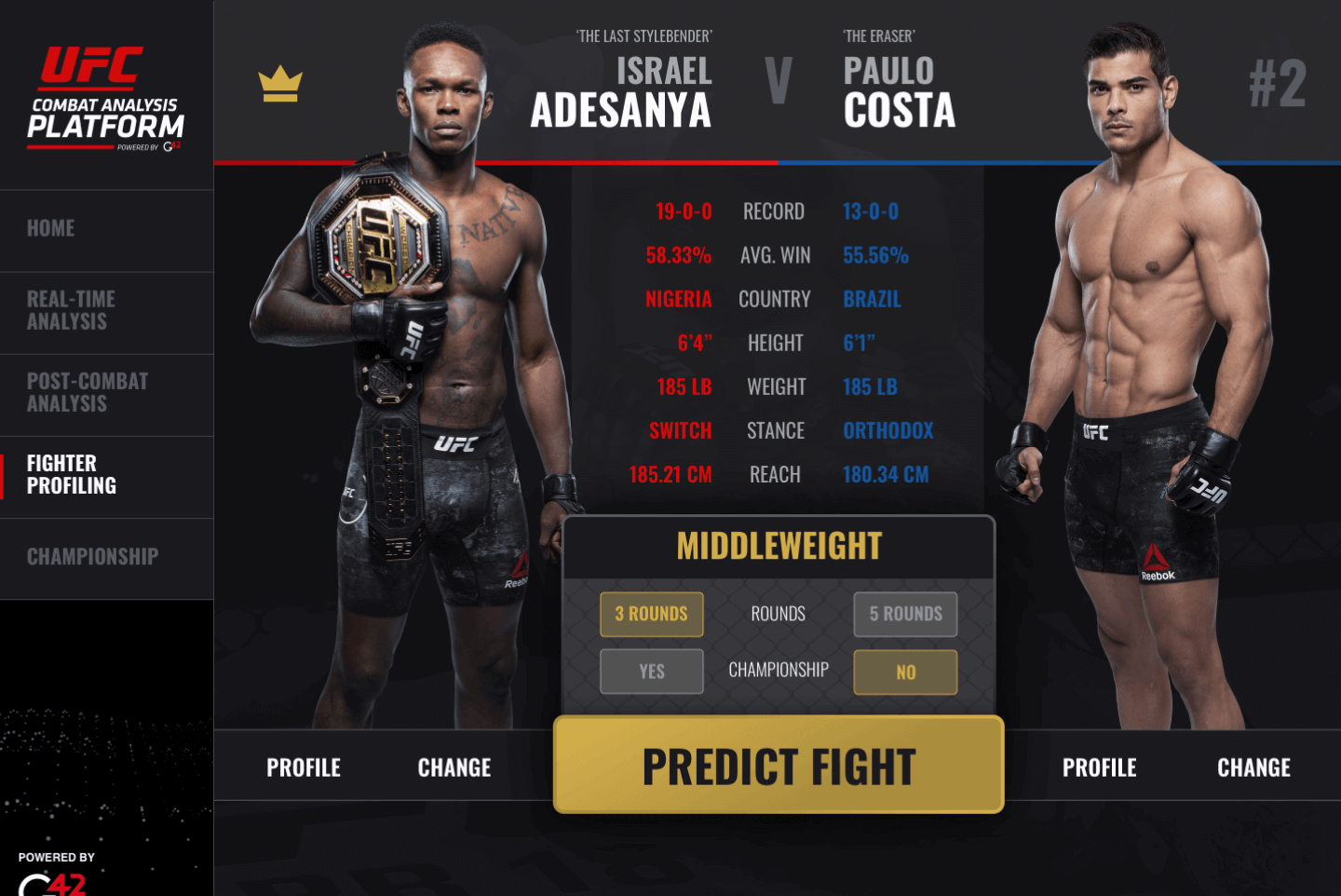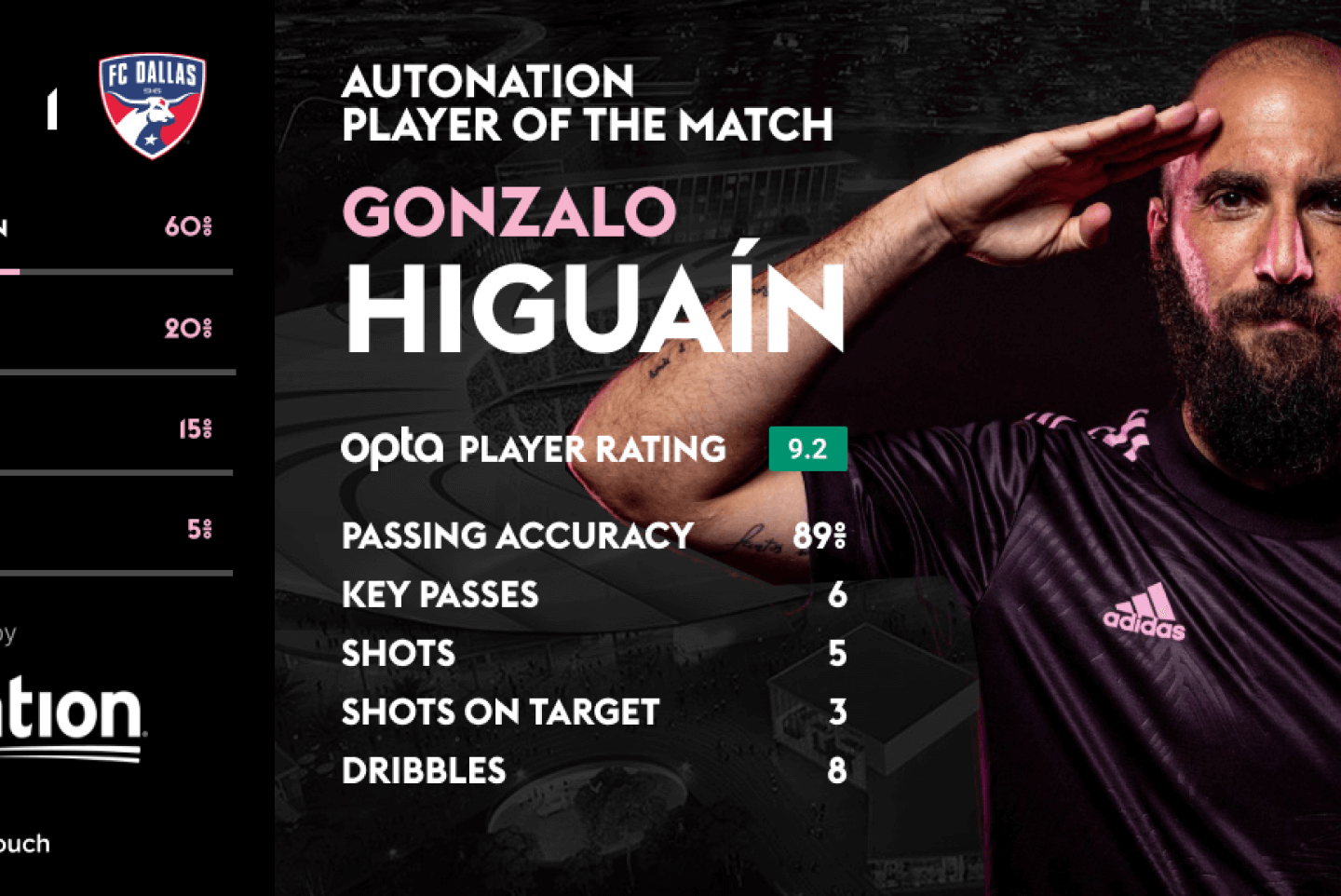Introduction
Human Centered Design (HCD) is a design approach that focuses on the needs, wants, and limitations of end users. The goal of HCD is to create products, services, and environments that are user-friendly, efficient, and satisfying. In today’s digital age, where user experience (UX) is a top priority for businesses, understanding and implementing HCD is crucial for success. The Human Centered Design process is a user-centric approach that is grounded in empathy, research, and iterative design. With HCD, the end product is designed with the user in mind, ensuring that it is efficient, easy to use, and satisfying, which leads to increased user satisfaction and business success.
What is Human Centered Design?
Human Centered Design (HCD) is a design process that involves understanding the user’s needs and designing a solution that addresses those needs. It is a user-centric approach that is grounded in empathy, research, and iterative design. The HCD process typically includes the following steps:
- Empathy: Understanding the user’s needs, wants, and limitations through research and observation.
- Define: Identifying the problem and creating a design brief that outlines the design challenge.
- Ideate: Generating a wide range of ideas and solutions through brainstorming and sketching.
- Prototype: Building and testing a physical or digital model of the solution.
- Test: Evaluating the solution through user testing to gather feedback and make improvements.
This approach allows designers to create a solution that truly meets the user’s needs, wants and limitations, which leads to a more efficient, easy to use and satisfying solution that addresses the user’s needs and problems.
Why is Human Centered Design Important?
Human Centered Design (HCD) is important because it ensures that the end product is user-friendly and meets the needs of the target audience. By focusing on the user’s needs, HCD ensures that the product is efficient, easy to use, and satisfying. This leads to increased user satisfaction and, in turn, increased business success. For example, when a product is user-friendly, it’s more likely to be used and adopted by the target audience, which can lead to increased sales, customer loyalty, and brand recognition.
In addition, HCD helps to avoid the common pitfall of designing a product based on the assumptions of the designer or developer, rather than on the actual needs of the user. This can lead to products that are difficult to use or don’t meet the user’s needs, resulting in poor user experience and ultimately, failure. By involving the user throughout the design process, HCD helps to ensure that the final product is tailored to their specific needs and preferences, which leads to a more successful product.
Examples of Human Centered Design in Action
Human Centered Design (HCD) can be applied to various industries, including sports technology and sports betting. Here are some examples of HCD in action in these industries:
Sports Technology: A company that creates wearable fitness trackers for athletes used HCD to understand the needs and wants of athletes. Through research and user testing, they discovered that many athletes wanted a device that could provide real-time data on their performance and track their progress over time. Based on this information, the company created a fitness tracker that could provide real-time data on things like heart rate, distance, and calories burned, as well as track progress over time. This design approach helped the company create a product that was tailored to the specific needs and wants of athletes, leading to increased user satisfaction and adoption.
Sports Betting: A sports betting platform used HCD to understand the needs and wants of sports bettors. They conducted research and user testing to discover that many bettors wanted a platform that was easy to navigate and provided detailed information on different sports and teams. Based on this information, the platform was redesigned with a user-friendly interface and detailed information on different sports and teams. This design approach helped the company create a platform that was tailored to the specific needs and wants of sports bettors, leading to increased user satisfaction and adoption.
In both examples, HCD helped the companies to understand the needs, wants and limitations of their target users, which led to the creation of more efficient, easy to use and satisfying products that met the specific needs of their target audience, leading to increased user satisfaction.
How to Implement Human Centered Design in Your Own Business
Implementing Human Centered Design (HCD) in your own business can help you create user-friendly products and increase user satisfaction. Here are some tips on how to incorporate HCD into your own business or design projects:
-
- Empathize: Understand the needs, wants, and limitations of your target audience through research and observation. This can be done through methods such as user interviews, surveys, focus groups, and field studies. By understanding the user’s context, you can gain insight into their habits, behaviors, and pain points, which can inform your design decisions.
-
- Define: Clearly outline the design challenge and create a design brief. This should include a problem statement, design goals and objectives, and a user persona. Having a clear understanding of the problem you are trying to solve and the target user will help to guide the design process.
-
- Ideate: Generate a wide range of ideas and solutions through brainstorming and sketching. This is the stage where you can be creative and explore different possibilities without worrying about feasibility. Encourage participation from team members with different skills and background to bring diverse perspectives.
-
- Prototype: Build and test physical or digital models of the solution. This can be done with low-fidelity prototypes such as wireframes, paper sketches, or interactive prototypes. The goal is to test the solution with users and gather feedback to make improvements.
-
- Test: Continuously evaluate the solution through user testing and gather feedback to make improvements. User testing should be conducted regularly throughout the design process, with different versions of the prototype. This will help to identify any usability issues and areas for improvement.
- Continuously Iterate: HCD is an iterative process, meaning that it’s an ongoing cycle of understanding, designing, testing and making improvements. This means that the process should be repeated as many times as necessary until the solution meets the needs of the user.
Conclusion
Human Centered Design (HCD) is a design approach that focuses on the needs and wants of the user. By involving the user throughout the design process, HCD helps to ensure that the final product is tailored to their specific needs and preferences, leading to increased user satisfaction and business success. HCD can be applied to various industries, including sports technology and sports betting.
Implementing HCD in your own business can be done by following the six steps of empathize, define, ideate, prototype, test and iterate. it is important to have the right team in place, that includes individuals with various skills and backgrounds, such as designers, developers, and researchers, can bring diverse perspectives to the design process and help to ensure that the end product meets the needs of the target audience. Additionally, there are many resources available to learn more about HCD and how to incorporate it into your own business or design projects.
In conclusion, Human Centered Design is a powerful tool that can help businesses create user-friendly products that meet the specific needs of their target audience, leading to increased user satisfaction and business success. By involving the user throughout the design process, businesses can avoid designing based on assumptions and ensure that the final product is tailored to the user’s specific needs and preferences.
If you’re interested in incorporating Human Centered Design into your own business or design projects, our team of experienced UX design consultants is here to help. We offer a free consultation to discuss how we can help you create user-friendly products that meet the specific needs of your target audience. Contact us today by by filling out our contact form below. Don’t wait, schedule your free consultation now and take the first step towards increased user satisfaction and business success.







